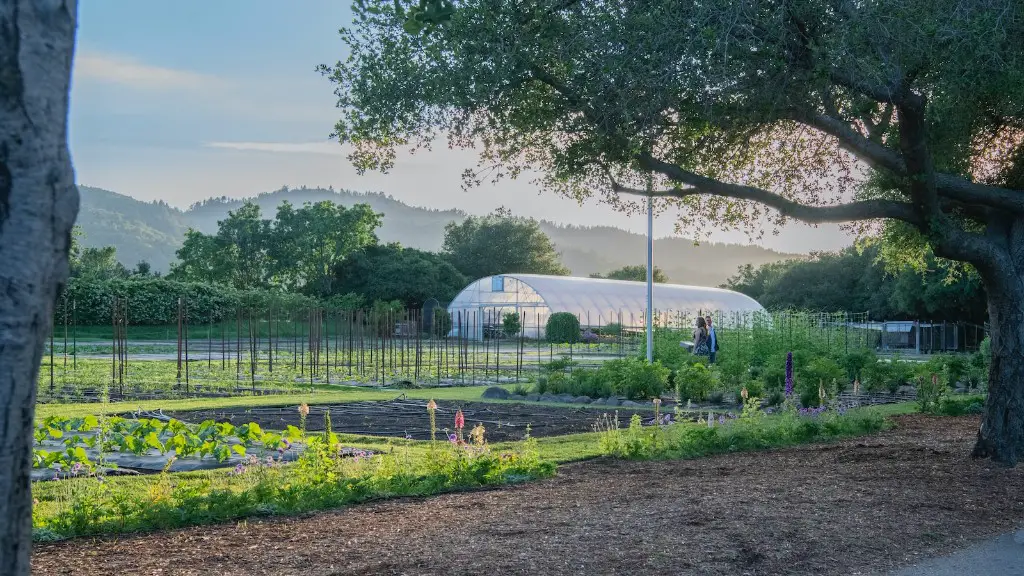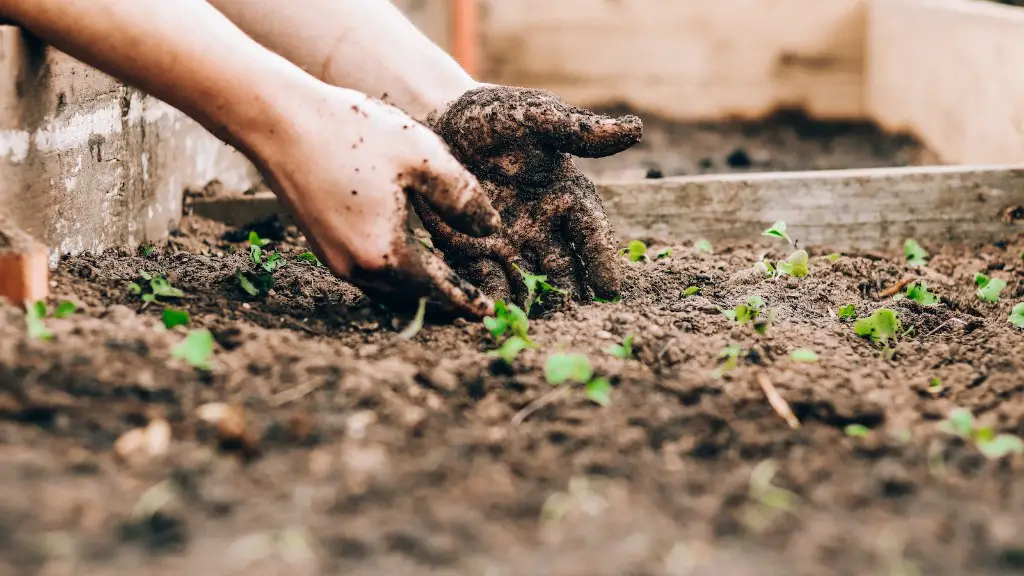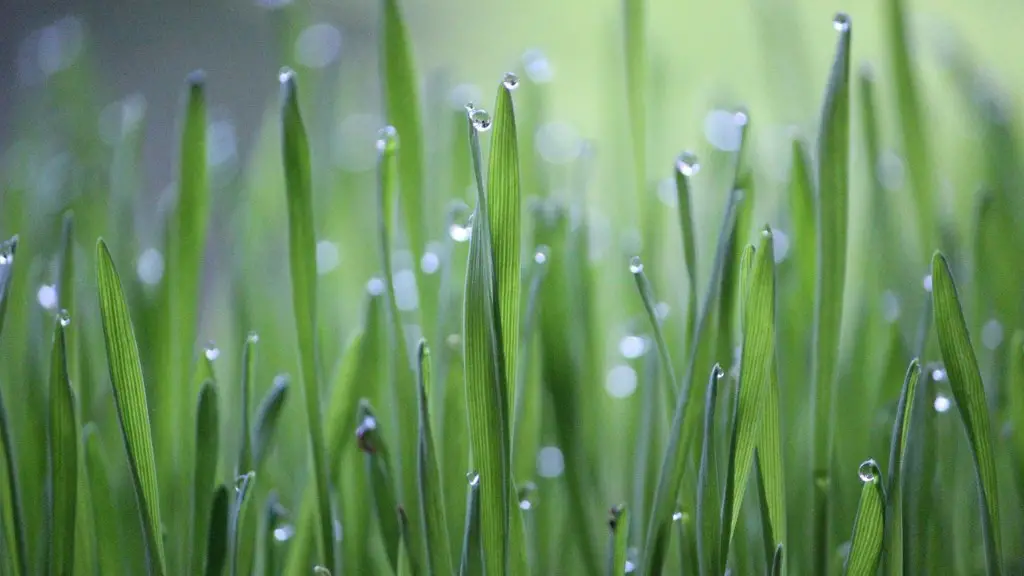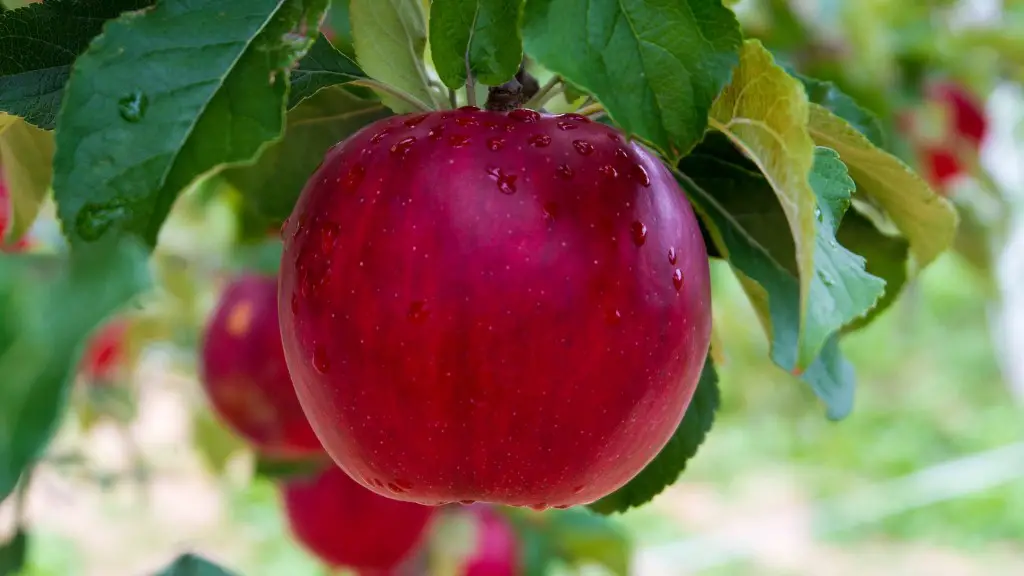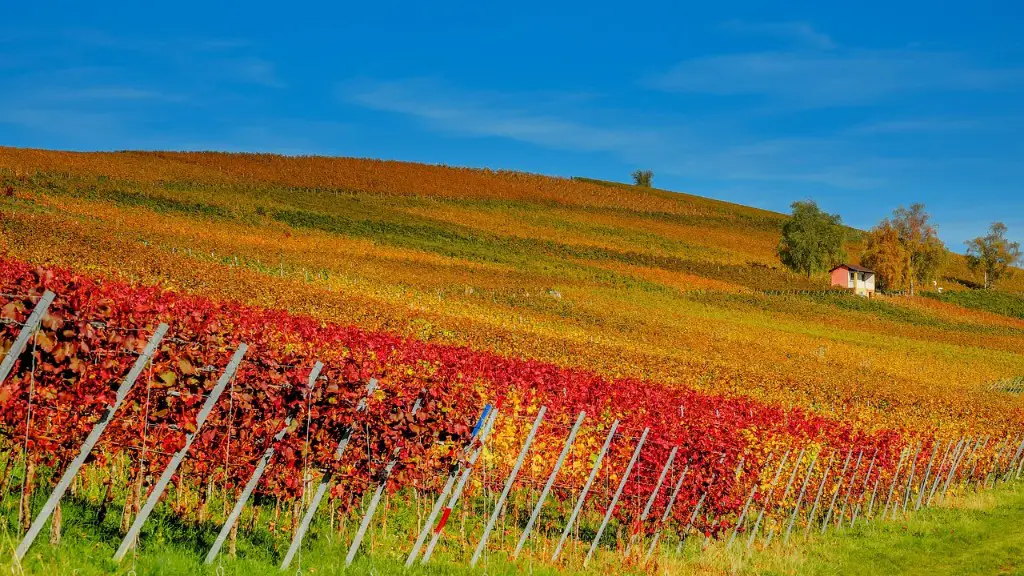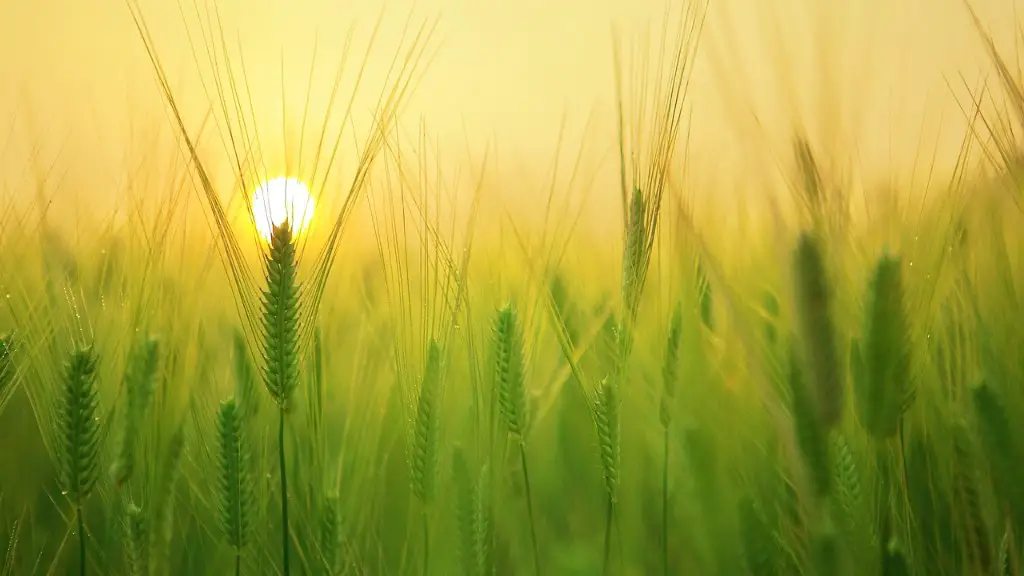The way that agriculture is typically practiced can have a negative impact on the environment. For example, the use of synthetic fertilizers and pesticides can pollute waterways, and the clearing of land for farming can lead to deforestation. In addition, livestock grazing can damage ecosystems and the overuse of irrigation can lead to water shortages. Agriculture can also contribute to climate change due to emissions from farming equipment and livestock.
Agriculture can harm the environment in many ways, including through the use of pesticides, herbicides, and other chemicals; through the overgrazing of land; and through the destruction of wetlands and other natural habitats.
How much does farming damage the environment?
Agriculture is a major source of pollution and carbon emissions, responsible for 21% of the world’s total. Gas-powered machinery used in farming and land preparation are a large source of these emissions, but they are not the only contributors. Other sources include livestock, crop production, and fertilizer use. Reducing pollution and emissions from agriculture will require a concerted effort to reduce use of gas-powered machinery, implement more efficient fertilizer use, and reduce livestock numbers.
There are a number of environmental issues that can impact farmers’ profits and productivity in any given growing season. Soil quality, water quality, climate, and terrain are just a few of the factors that can affect crop yields. In some cases, poor environmental conditions can even lead to total crop failure.
That being said, there are also a number of ways that farmers can mitigate the risks posed by environmental factors. For example, crop rotation and soil conservation practices can help to improve soil quality, while irrigation can help to offset the effects of drought.
Ultimately, it is important for farmers to be aware of the environmental factors that can impact their operations. By understanding the risks, they can be better prepared to take steps to protect their crops and their bottom line.
How does agriculture harm the soil
Agriculture is one of the most important human activities, but it can also have a negative impact on the environment. When agriculture fields replace natural vegetation, topsoil is exposed and can dry out. The diversity and quantity of microorganisms that help to keep the soil fertile can decrease, and nutrients may wash out. Soil can be blown away by the winds or washed away by rains. These problems can be minimized by using conservation practices such as crop rotation, contour plowing, and terracing.
The agricultural revolution was a turning point in human history, and it had a profound impact on the way we live today. It led to the development of civilizations and the rise of cities, and it allowed humans to domesticated plants and animals, which led to a more sedentary lifestyle. The agricultural revolution also had a variety of consequences for humans, including a decline in nutrition and an increase in infectious diseases.
What are the 10 problems of agriculture?
If you’re looking for a developed country with a high standard of living, Canada is a great choice. It’s a welcoming place for immigrants, with a variety of programs to help you settle in. And, if you’re looking for work, Canada has a strong economy with plenty of opportunities.
On the other hand, agriculture is also a victim of climate change. Rising temperatures and changes in precipitation patterns are already affecting crop yields and livestock productivity. In the future, these impacts are expected to intensify, posing a serious threat to food security.
What are the three main problems for agriculture?
The problems that are commonly faced by the agricultural sector in Pakistan are mainly due to the fact that the sector is highly dependent on rain-fed. This means that any changes in the amount or distribution of rainfall can have a major impact on the sector. In addition, the sector is also facing problems such as unemployment, waterlogging in wetland areas, salinity in arid and semi-arid areas, acidity in high rainfall areas, and pests (like weeds, diseases, and insects).
Farming led to the rise of deep class divisions in society. Hunter-gatherers had little or no stored food, and no concentrated food sources, like an orchard or a herd of cows. They relied on the wild plants and animals they obtained each day. farming led to the rise of civilizations, with their complex social hierarchies and theirgpu concentrated food sources. deep class divisions between the ruling elites and the lower classes emerged.
What are the five problems of agriculture
There is a lack of information and poor infrastructure when it comes to poultry farming which can lead to poor research and record keeping. This can make it difficult to obtain financing for agriculture incubators which are necessary for enhancing poultry farming.
Agriculture globally is putting pressure on land and water resources, often resulting in land degradation. This includes soil erosion and salinization, as well as eutrophication. Agriculture is also a major contributor to greenhouse gas emissions.
How does agriculture cause land pollution?
Agricultural activities are one of the major sources of land pollution. The spreading of plant protection products such as pesticides and herbicides, as well as the emissions of livestock buildings and farms are at the origin of soil pollution, in particular by nitrogen and phosphates.
Excess levels of nitrogen and phosphorus in the environment can lead to eutrophication of water bodies. Eutrophication is a process where water bodies become overly enriched with these nutrients, leading to dense growth of aquatic plants and algae. This can deplete the oxygen in the water, create unsafe conditions for fish and other aquatic organisms, and generally make the water body less desirable for human uses.
There are a number of ways that nitrogen and phosphorus can end up in excess in the environment. One way is through agricultural practices. Farm fields can be a source of these nutrients when they are applied in fertilizers and manure. If these materials are not used efficiently by crops, they can be washed from the fields and into waterways during rain events or when snow melts. They can also leach through the soil and into groundwater over time.
Another way that nitrogen and phosphorus can enter the environment in excess is through sewage and wastewater treatment. If these materials are not treated properly, they can end up in waterways, where they can lead to eutrophication.
Excess nitrogen and phosphorus can have serious impacts on water bodies and the organisms that live in them. It is important to be aware of these dangers and take steps to reduce the amount of
What is a negative consequence of agriculture
Agriculture is the leading source of pollution in many countries Pesticides, fertilizers and other toxic farm chemicals can poison fresh water, marine ecosystems, air and soil They also can remain in the environment for generations.
In order to protect our environment, it is important to reduce the use of these harmful chemicals in agriculture. One way to do this is to use more sustainable practices, such as organic farming. Organic farming uses fewer toxic chemicals and is better for the environment.
Another way to reduce pollution from agriculture is to properly dispose of or recycle these harmful chemicals. This can help to prevent them from entering the environment and causing harm.
By taking these steps, we can help to protect our environment from the harmful effects of agricultural pollution.
The rise of farming allowed for the development of permanent settlements which eventually led to the rise of cities. This increase in population was closely connected to the rise of settled societies.
Which of the following are agriculture negative effects?
Agriculture contributes to environmental degradation in many ways. It is a leading cause of climate change, due to greenhouse gas emissions from farming practices and livestock. Agriculture is also a major driver of deforestation, as trees are cleared to make way for farmland. This loss of vegetation can lead to biodiversity loss, as well as soil degradation and water pollution. Agricultural runoff is a major cause of dead zones in the oceans, where marine life cannot thrive. Additionally, the use of genetic engineering and chemicals in agriculture can lead to pollution and health problems for both humans and animals.
Water Use & Water Pollution
Growing food takes a lot of water, which can lead to water shortages and water pollution.
Greenhouse Gas Emissions
Food production contributes to greenhouse gas emissions, which can cause climate change.
Environmental Contaminants & Pollutants
Food production can lead to environmental contamination and pollution, which can harm both the environment and human health.
Depletion of Natural Resources
Food production can deplete natural resources, such as water and soil.
Zero Waste Grocery Stores
Eco-friendly grocery stores can help reduce the environmental impact of food production by selling food that is free of packaging and waste.
Plastic-Free Grocery Stores
Plastic-free grocery stores can help reduce the environmental impact of food production by selling food that is free of plastic packaging.
Warp Up
Agriculture can harm the environment in many ways. The most common way is through the use of pesticides and herbicides. These chemicals can pollute the air, water, and soil. They can also kill animals and plants. Another way agriculture can harm the environment is by causing soil erosion. This can happen when farmers plow their fields or when livestock graze on grasslands. Soil erosion can cause water and air pollution, and it can also lead to the loss of important nutrients in the soil.
The way we currently grow and raise food is having a devastating effect on the environment. Agriculture is a leading source of greenhouse gas emissions, as well as water pollution and deforestation. The way we currently grow food is simply not sustainable, and unless we make some drastic changes, the future of our planet is in jeopardy.
